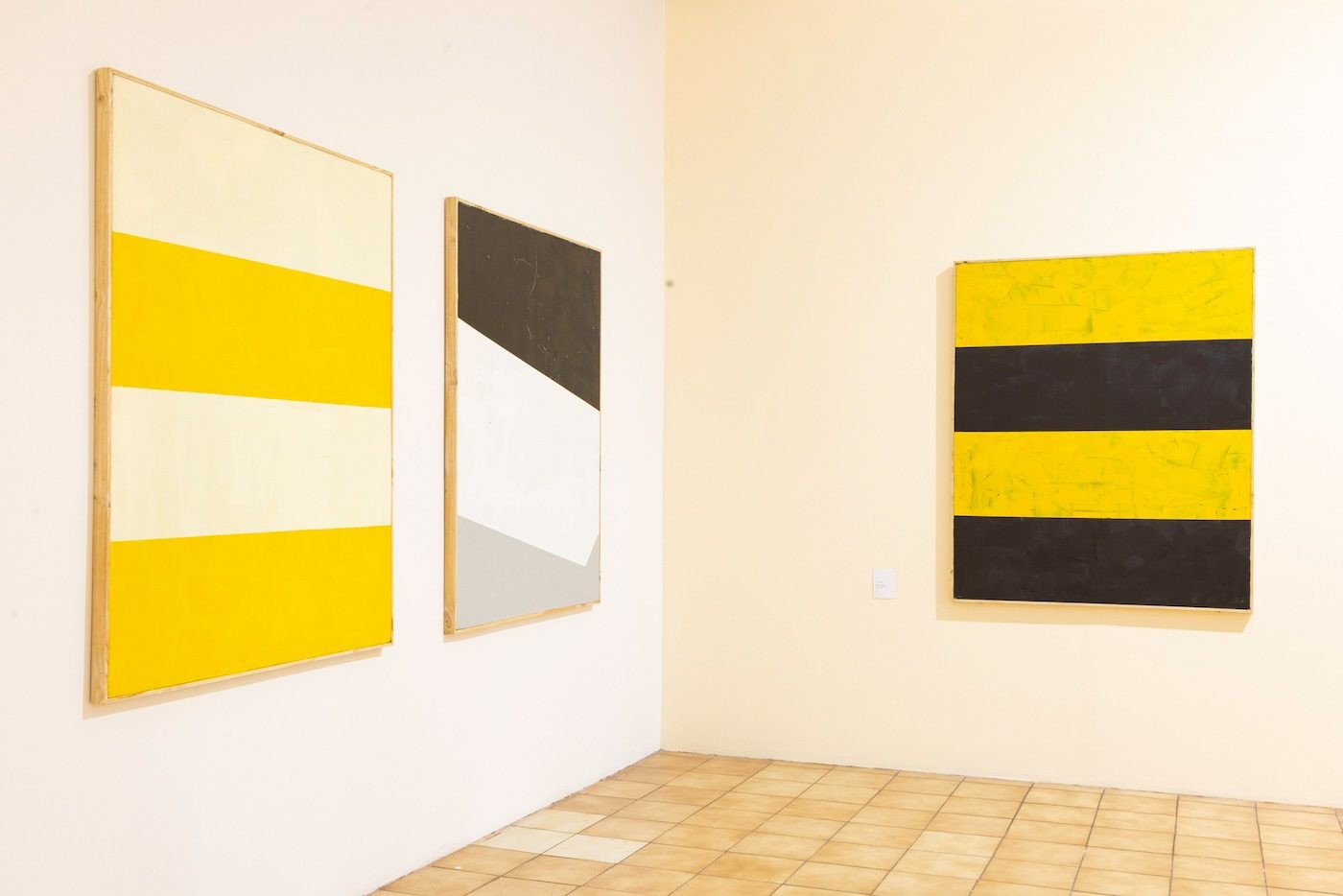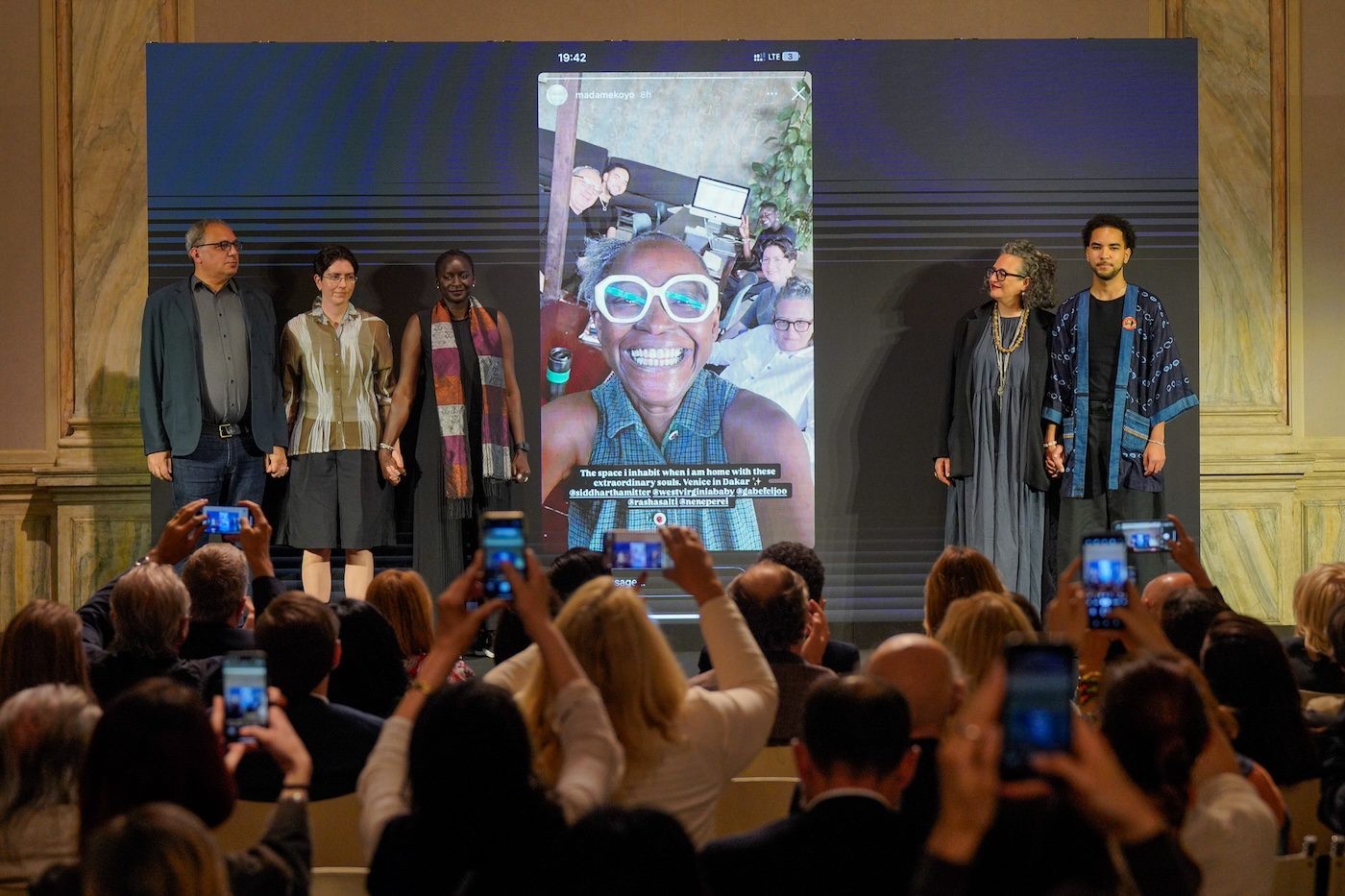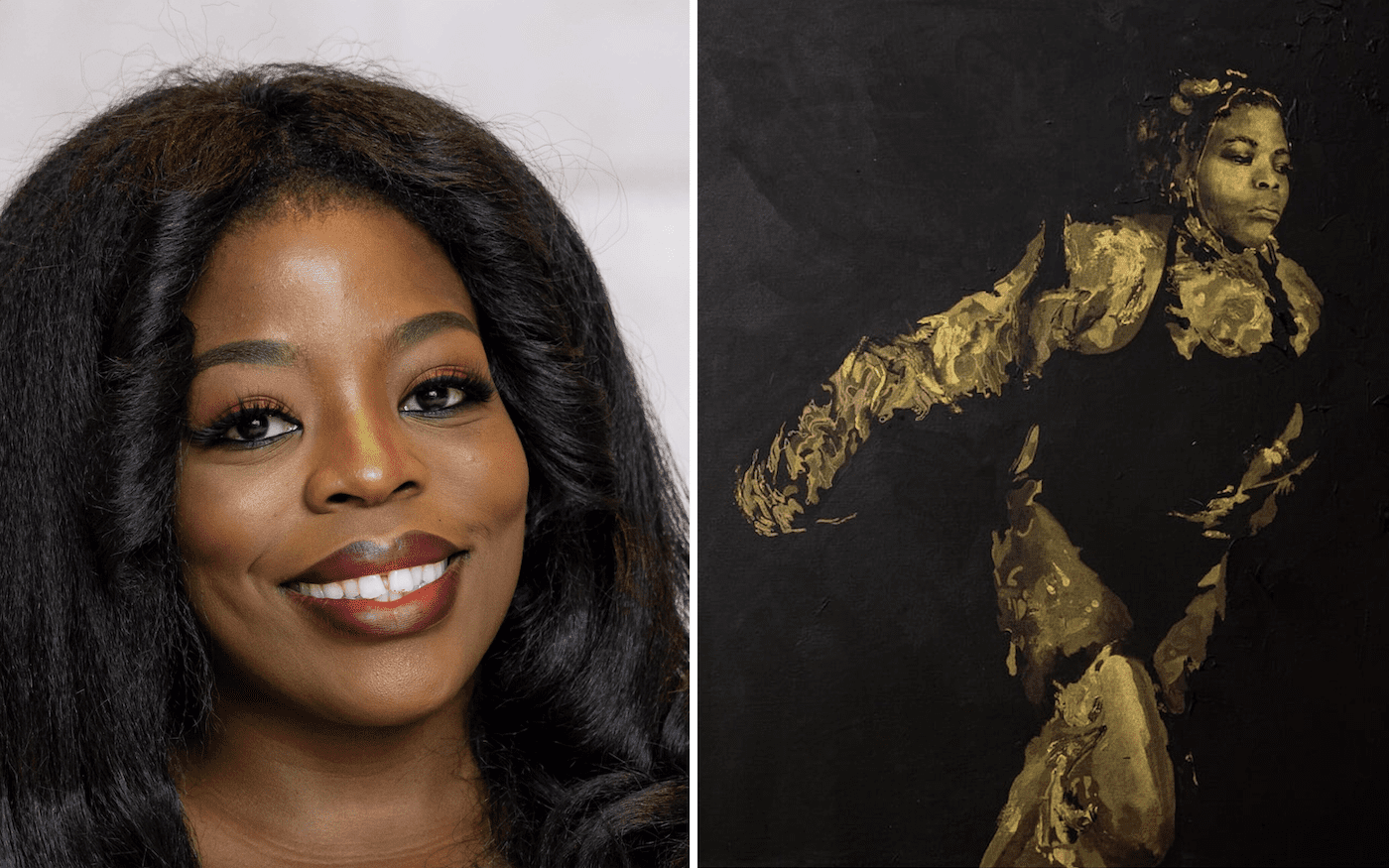'It is important to tell your own story as it happens'
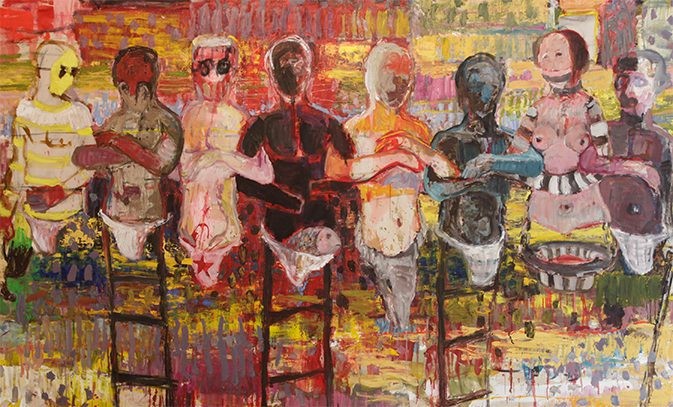
16 February 2013
Magazine C& Magazine
6 min read
Mutumba: When I say “Contemporary And….”, what is the first thing that pops into your head? Masamvu: I would say contemporary and temporary, unless current art wants to carve emblems that will be significant to future generations. Mutumba: When we first got in contact I asked you to forward me more images of your work. …
Mutumba: When I say “Contemporary And….”, what is the first thing that pops into your head?
Masamvu: I would say contemporary and temporary, unless current art wants to carve emblems that will be significant to future generations.
Mutumba: When we first got in contact I asked you to forward me more images of your work. Is there a reason why you selected the specific works you sent me?
Masamvu: I selected the images based on the quality of the photographs. They have a timeline reference to the year of production, that can be understood, perhaps, as a litmus showing the direction or progress of the work.
Mutumba: Your paintings are bold, graphic and emotionally raw; when I first saw some of your works they somehow reminded me of Francis Bacon’s work. He primarily dealt with the depiction of the human body – the distortions and partly amputated limbs are expressions of everyday violence. Reduced to their mere being, Bacon’s figures represent an existence without meaning and redemption. Does this also apply to your work - is it referring to globally present violence in our societies or are you specifically referring to the traumas and wounds of Zimbabwean society arising from its painful past and present?
</strong>
Masamvu: Fear of pain and the inherent pattern of violence in Zimbabwe primarily influence the graphic imagery of the work. Sometimes the works become a form of protest or activism. Most of my work is created in a highly politicized environment and some of it becomes a voice of the voiceless.
Mutumba: You studied with Helen Lieros at Gallery Delta in Harare and then went on to study at the Kunstakademie in Munich. What was your motivation to take this step and how did studying abroad impact your artistic practice as well as your perception of the local art scene when you got back to Zimbabwe?
Masamvu: I could not resist the opportunity to experience a different environment and I was interested in strengthening my art practice from a formal perspective. Coming back home, I found the art scene raw, direct, and unpretentious. The artists are close to the source and they are constantly confronted by the ailing humanity around them. I am at home when my art becomes personal – only then can others read my work as containing their own secrets. I have not been spared from the difficult time my countrymen faced. A blacksmith needs fire to forge a new coin, a new beginning.
Mutumba: How important is it for you to live and work in the country where you were born and raised, instead of moving abroad and living in one of the so-called “art capitals” such as London, Berlin, or New York?
Masamvu: Working from home allowed me to realize how important it is to tell your own story as it happens. It is my hope that the language of creativity can transcend the boundaries between perceptions without actually deleting unpopular viewpoints. Sometimes it depends on what project I am currently working on. I take short residencies in other countries in order to work in different environments.
Mutumba: Your work is not limited to one medium; still painting seems to be the medium where you most expressively address specific issues and emotions. Is painting the most “natural” process for you to express pressing thoughts and emotions?
Masamvu: I respond more to color; painting unravels the depth of unlimited space. The pleasure of experiencing color is emotive and captures the melodrama of one’s own state of being. The relationship that develops is neither functional nor dysfunctional, rather it explores different layers of a thought process that traps light within and radiates unimaginable space.
Mutumba: So you never thought about working with a “newer” medium (video, Internet…) but always knew that you would work mainly as a painter?
Masamvu: I am a sculptor and I’ve tried video…
Mutumba: To what extent do you see a relation between your figural painting and sculpture?
Masamvu: My sculptures relate to disappearing traditional motifs in contrast to emerging cultures. Often the figure is forged to adapt to the evolving space. In painting, the figure becomes a tool in discovering a state of “being.” Popular culture tends to override indigenous tradition; it is sad that homegrown ideas that have been shaped by generations are under threat and that new ideas are borrowed and applied without scrutiny. Space and time cannot just be deleted and replaced, if one’s life has any meaning. My society struggles to hold firm to a culture that has shaped our identity and humanity. I cannot fight for a certain culture to be maintained forever, but there is a need to record our past and make it known to future generations, so that the best part of that time may be developed or preserved.
Mutumba: Do your individual works tell (hi)stories or is it rather that they are characterized by missing links? When we look at a series of your works, do they form a narrative of your idea of the world?
Masamvu: I am troubled by a lack of will to treat a traumatic past that threatens the future. Once the historical mist had cleared, there are no fixed positions in regard to one's social standings. Except the pursuit of meaning and purpose.
Mutumba: Many of your figures seem to be in a process of metamorphosis; they are hybrids of humans, animals, and/or objects – could you explain a bit your idea behind those hybrid creatures?
Masamvu: I believe we are half-empty vessels, contaminated and staining the face of humanity. Giving form to the shadows undoubtedly keeps the dreams on a leash; mankind has created a variety of templates to disguise their truth.
See 'Misheck Masamvu - Fractions' featured in our C& Art Space.
Read more from
Read more from
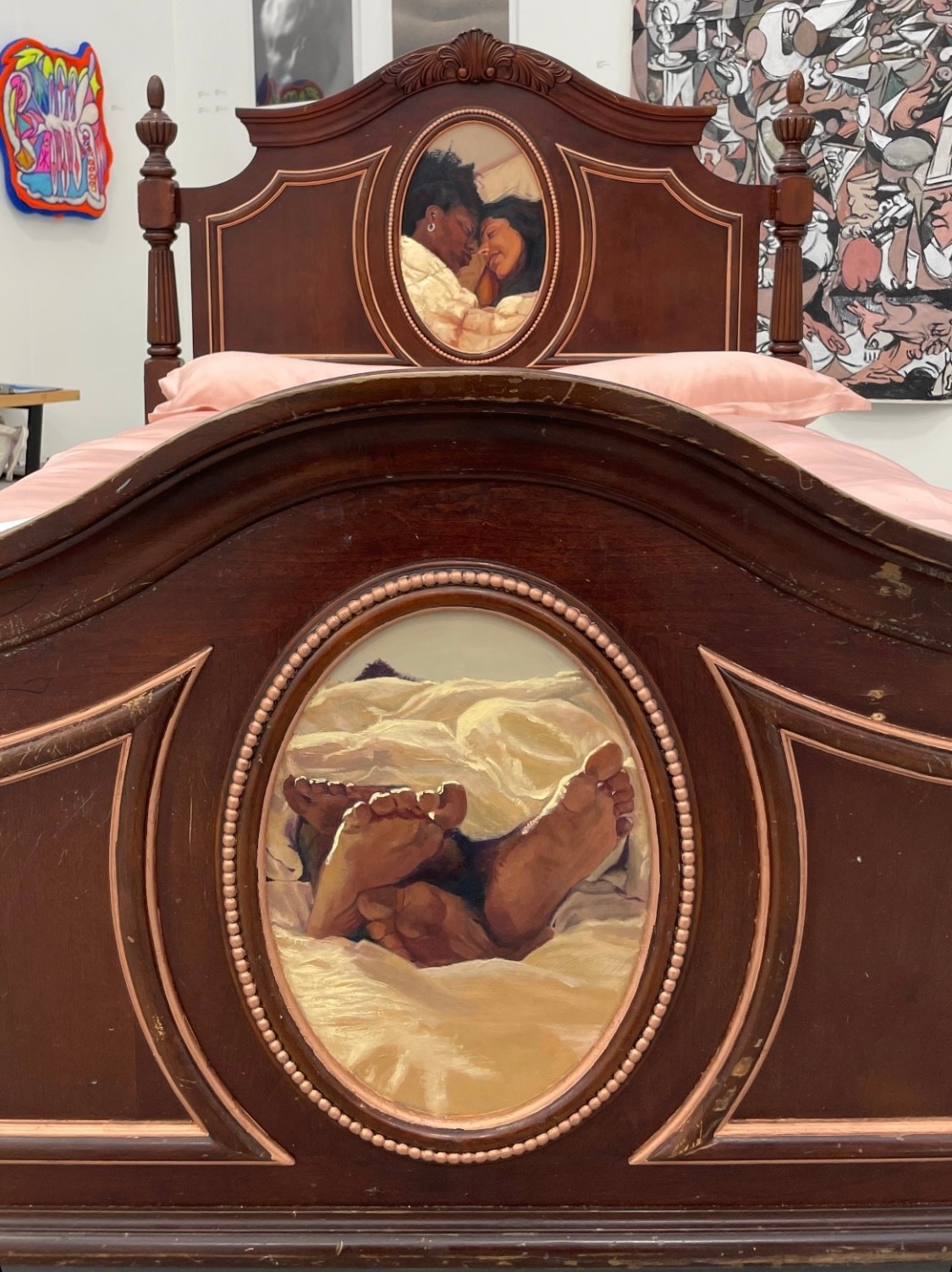
Rest in/as Freedom: kiarita and Black Politics of Liberation
